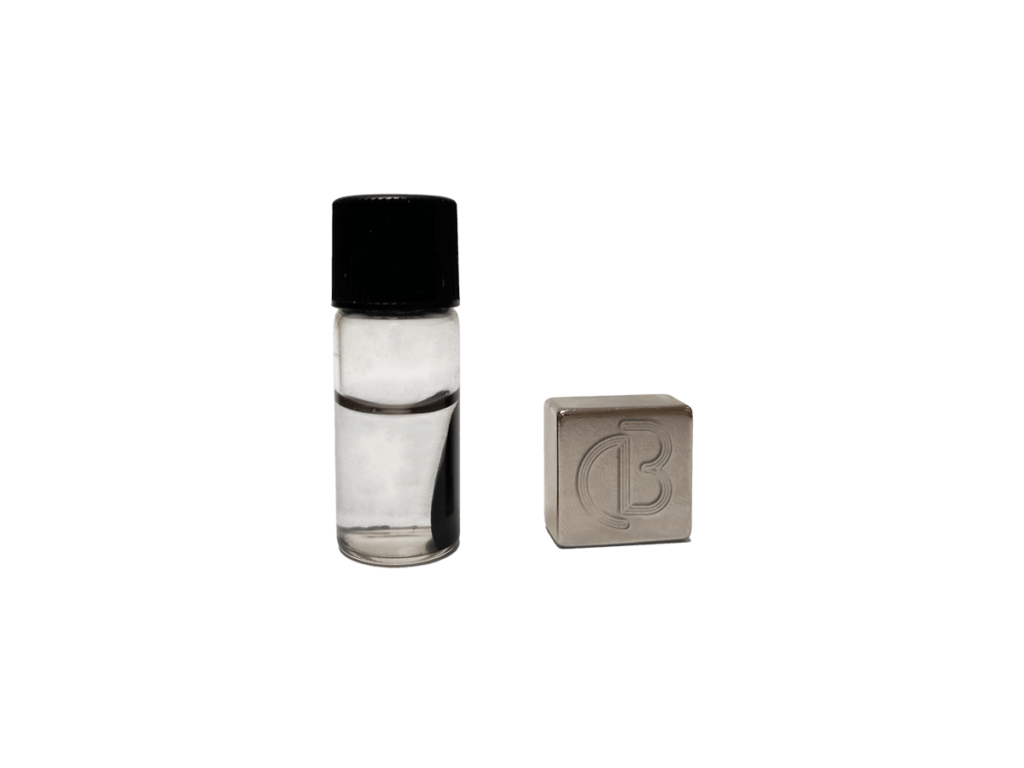magnetic beads

As a magnetic bead manufacturer, our company offers this product with a diverse range of coatings. Different coatings such as carboxylic acid, amine, silanol, and other suitable coatings are applied to the magnetic beads. These coatings bestow a variety of properties and capabilities upon the magnetic beads, enabling compatibility with biological substances and other specific materials.
Synthesis of Magnetic Beads:
The synthesis method for magnetic beads can be executed through various techniques. One common approach is the magnetic co-precipitation method. In this method, magnetic nanoparticles are prepared utilizing different techniques, such as co-precipitation from metals like iron, nickel, cobalt, and others. Subsequently, the obtained nanoparticles are coated with diverse materials to apply various coatings onto the magnetic bead core.
Structure of Magnetic Beads:
Magnetic beads consist of a core composed of magnetic nanoparticles. Different coatings like carboxylic acid, amine, silanol, and others are applied to this core. These coatings induce alterations in the surface properties of the magnetic beads, enhancing their compatibility and interaction with biological substances and other specific materials. The precise structure of the magnetic beads and their coatings may vary based on the type of coating and the synthesis method.
Stability of Magnetic Beads:
Magnetic beads with different coatings exhibit high stability and durability. The functional coatings on the magnetic core prevent oxidation and degradation of magnetic properties, thus extending the lifespan and efficiency of the magnetic beads.
Applications:
Magnetic beads with carboxylic acid, amine, silanol, and other coatings have a broad spectrum of applications in various industries and scientific domains. In general, magnetic beads, as composite materials with unique magnetic properties, find utility in diverse industries and scientific fields. Some notable applications include:
Industry:
– Magnetic Separation: Magnetic beads with various coatings are used for magnetic separation of different materials, such as heavy metals, organic pollutants, and dyes. This application holds great significance in mining, petrochemicals, water and wastewater treatment, and refineries.
– Electronic Applications: Magnetic beads serve as magnetic elements in electronic technologies like magnetic memory and magnetic sensors.
Medical Sciences:
– Targeted Therapy: Magnetic beads with different coatings act as carriers for drugs and antibodies in targeted disease therapy. This application proves highly effective in treating conditions such as cancer, cardiovascular diseases, neurological disorders, and other chronic ailments.
– Biomedical Imaging: Magnetic beads are employed as contrast agents in imaging techniques such as Magnetic Resonance Imaging (MRI), enabling precise detection of biological compounds and structures.
Biotechnology:
– Biosensors: Magnetic beads with diverse coatings function as sensor components for identifying biomolecules and biological materials in biosensors. These sensors find extensive use in disease diagnosis, drug testing, and biological research.
Environmental Technology:
– Water Purification: Magnetic beads with appropriate coatings can be utilized in water treatment processes as adsorbents for organic pollutants, heavy metals, and other contaminants.
Scientific Research:
– Nanotechnology Research: Magnetic beads with various coatings serve as composite nanoparticles for nanotechnology research and application in nanoelectronic devices and systems.
By utilizing magnetic beads with diverse coatings, you’ll be able to harness their extensive properties and applications across various industries and scientific disciplines.
For further information and product orders, please don’t hesitate to contact our team.